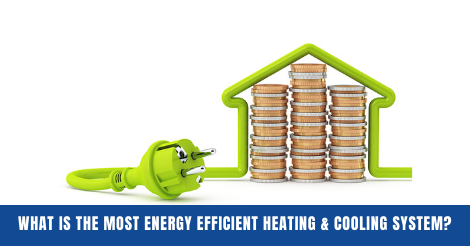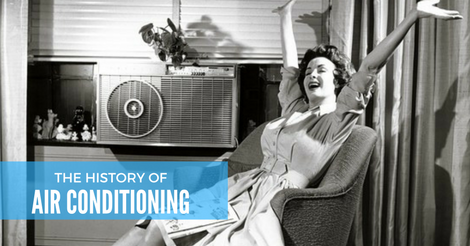Adding another accomplishment to their environmentally-minded mission, Burkholder’s Heating & Air Conditioning in Emmaus recently completed a new geothermal project at a funeral home in Quakertown. The finished project — a geothermal heating system — is just one of several installations that Burkholder’s has embarked on to provide both commercial and residential customers with heating and cooling systems designed to reduce energy costs and decrease the carbon footprint for users of traditional heating and cooling systems. Systems of this type generally function by circulating water, antifreeze or a refrigerant between a network of pipes buried in the ground and a heat exchanger installed inside the building that’s being cooled and/or heated. “We have a history with geothermal projects,” said Robert Burkholder, president of Burkholder’s Heating & Air Conditioning. “We are running high efficiency technology here, in this building, including web-based temperature controls.” As an example of its eco-friendly endeavors, Burkholder installed a geothermal system in the Elaine and Peter Emrick Technology Center at Hugh Moore Park in Easton. It was built in 2007. Burkholder’s latest commercial project involved the installation of a geothermal heating and cooling system for Jeffrey A. Naugle Funeral and Cremation Service, a new facility that opened in June in Quakertown. Naugle purchased the system with the help of a $25,000 grant from the Pennsylvania Department of Environmental Protection under the Small Business Energy Efficiency Program.
According to Burkholder and Jake Seipel, a commercial estimator for Burkholder’s, the project began in June 2009 and finished nearly a year later in spring 2010. The project — estimated at $250,000, according to Seipel — involved the installation of a vertical loop system underneath the parking lot of the building. Seventeen wells were dug at a depth of 300 feet each. The pipes were then sent from the wells to the interior of the building where they are housed in the mechanical room and sent up to the next floor, where all eight units are contained in one room to heat and cool seven zones in the funeral home. The end result is a quiet, energy-efficient space that, at 11,496 square feet, manages to be much more fuel-efficient than the owner’s previous building.
For Jeffrey Naugle, the funeral director, the new geothermal system at his 135 W. Pumping Station Road operation in Quakertown has been costing an extra $200 in his monthly fuel bills; however, he is no longer paying for natural gas. “Even if we break even, we’re ahead, just because of the size of the building,” said Naugle. “The whole idea was to cut costs. The other sources of heating weren’t as good.”
Though it depends on usage, Burkholder said many people are afraid of the initial cost, but receive a significant payback over time, with generally a 15-20 year payback on their investment once a geothermal system is installed and operational. Seipel agreed, adding that a geothermal system is guaranteed for life.
Naugle’s previous funeral home business included two buildings, where he paid for oil, natural gas, and electric. Overall, Naugle appears pleased with the results of the new system. “When the doors are closed, you don’t hear anything,” said Naugle. “There’s no cold spots. It seems to be economical.” While he said he still has to adjust the temperature based on the amount of people inside the building during a service, he said the temperature inside has peaked at 70-73 degrees with as many as 250 people in the building. Generally, he said he keeps the air temperature set at 68 degrees. “When people come in here, I think, how do they feel? I want them to feel comfortable,” said Naugle. “With any new heating system, I need to know how it functions.”
According to The Geothermal Concept, a Homeowner’s Guide to Geothermal Heating and Cooling Comfort Systems from ClimateMaster. This “green” technology, while hardly new, has been gaining some traction from residents and businesses hoping to cut costs and lessen their dependency on fossil fuels. Essentially, a geothermal heat pump moves heat energy from one site to another. This electrically generated device uses the natural heat storage ability of the earth to heat and cool a home or business. The earth’s groundwater can also be used, and many people with a body of water deep enough to accept this system can have it installed, creating an invisible, or at least hidden, heating and cooling system.
Overall, Burkholder said he believes that going “green” can provide businesses and consumers with many benefits. “We are doing a lot of hybrid technology … inverter heat pumps, geothermal heating,” said Burkholder. “People are leaning towards being green and conserving energy, so it’s nice to see.”


